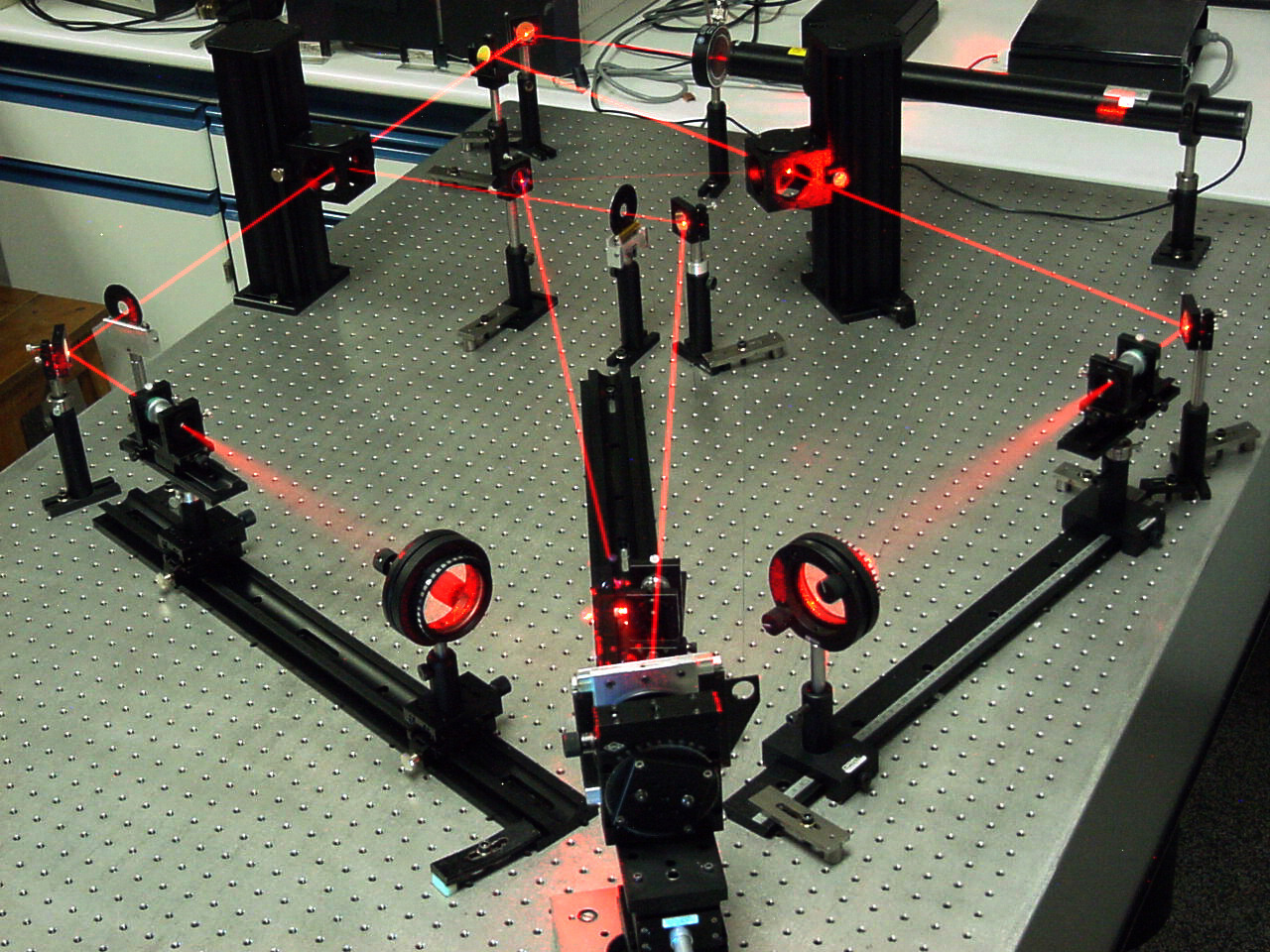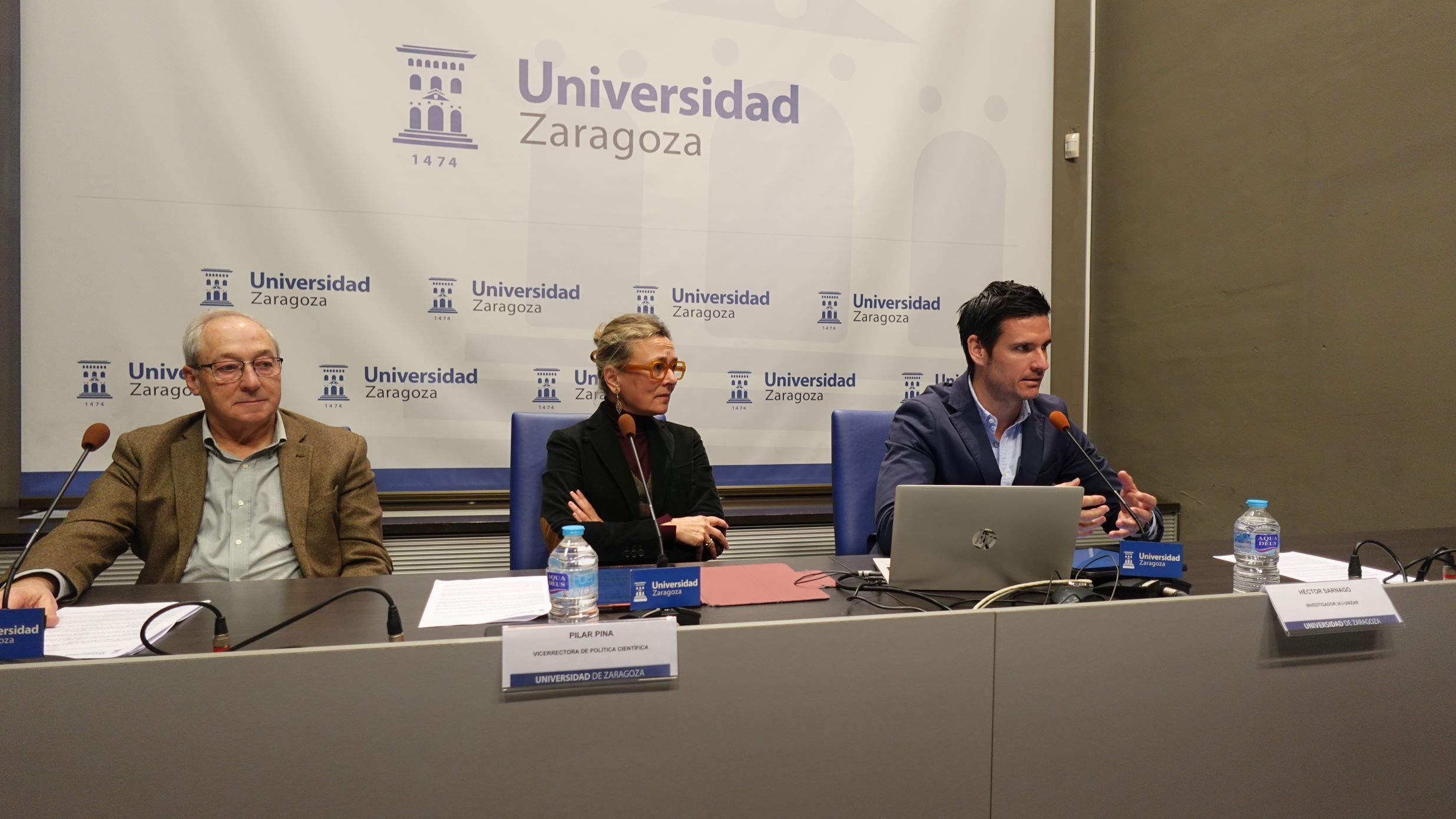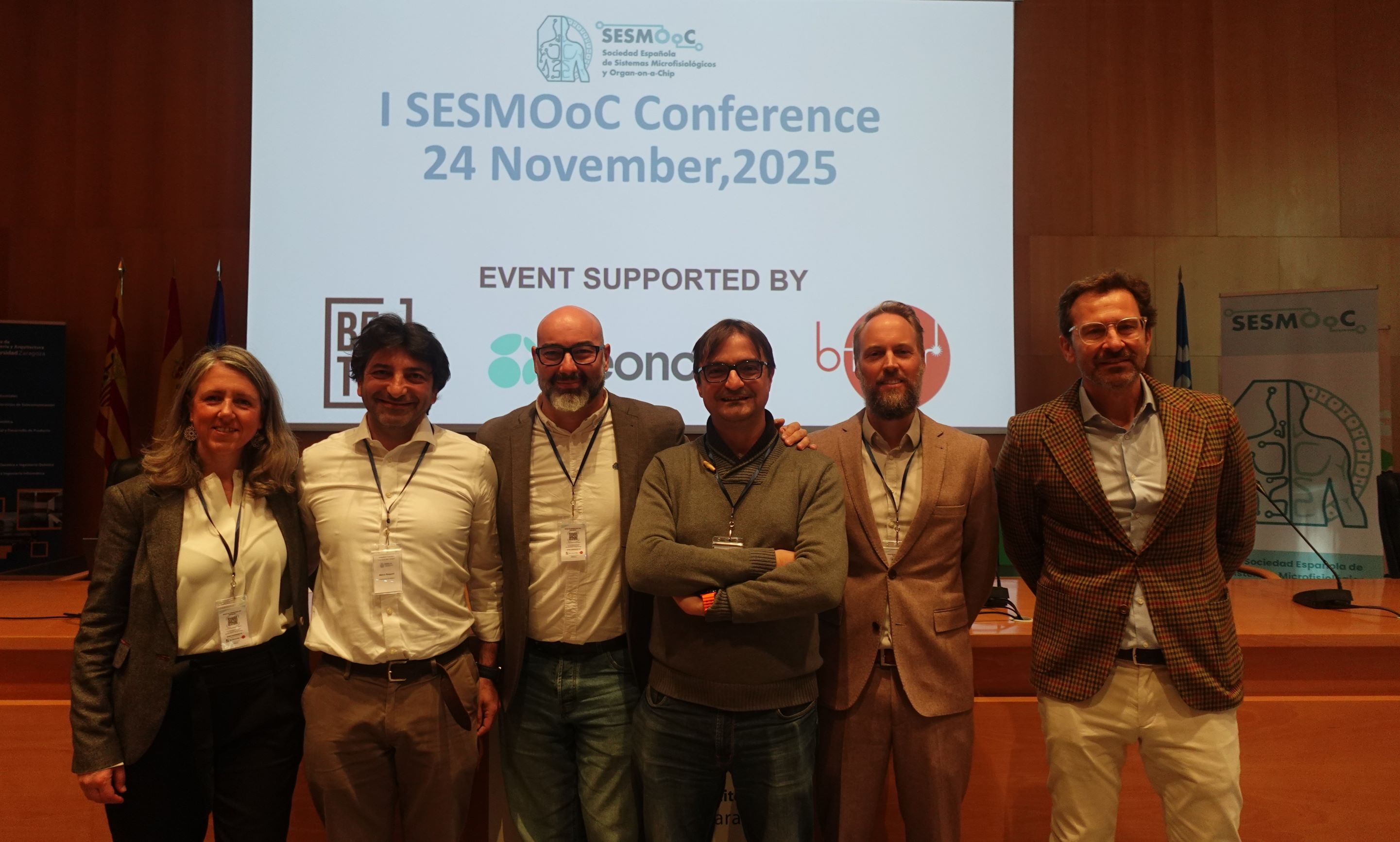
Holograms, far from being mere surprising images, are now emerging as powerful sensors capable of "seeing" the composition of food. A study carried out by the Optical Laser Technology (TOL) group of the Aragon Institute for Engineering Research (I3A) has demonstrated the effectiveness of holographic sensors in detecting some compounds, such as ethanol in alcoholic beverages and acetic acid in vinegars, which are essential to guarantee the quality of the food we eat.
Holographic sensors can help to avoid critical situations, such as the presence of unsafe levels of certain compounds or product adulteration. In addition, by providing fast and reliable results, these sensors could speed up quality control processes, allowing a quicker response to potential problems. TOL researcher Jesús Atencia explains that in the manufacture of alcoholic beverages, they could be used to monitor ethanol concentration in real time to ensure product consistency and quality. Similarly, in vinegar production, the sensors would provide an effective method to control fermentation by measuring the concentration of this component.
How do these holographic sensors work?
Holography, an optical technique that records interference patterns, has been used in this project to develop holographic sensors capable of measuring the concentration of specific compounds in food. These sensors are based on reflection holograms created in Bayfol HX200 photopolymer, an extremely thin film, illuminated with opposing laser light beams.

According to Jesús Atencia, these sensors work like "sponges" when they come into contact with the compound being measured, such as ethanol in alcoholic beverages. When the material "swells" as it absorbs the compound, its internal structure is modified, altering the way it interacts with light. This change causes visible alterations, such as colour changes.
The Optical Laser Technology Group has obtained as a result of its research an innovative tool for food quality assurance. Its holography laboratory has spent many years researching and developing various applications of this technique, including the compression of laser pulses, solar concentration, the generation of optical vortices in ultra-intense lasers and the control of LED lighting.
The I3A research group at the University of Zaragoza has worked closely with specialised research groups. Jesús Atencia points out that the practical application of holographic sensors in the food industry "is highly promising, offering an accurate and fast tool". These sensors could be integrated seamlessly into food production processes, could prevent public health problems and ensure that food products meet safety standards,' he adds.
Applications of holography
The TOL group continues to research other applications of holography, 'we are working on the development of holograms that allow the generation of rotating light beams (light vortices) in infrared to be injected into optical fibres in order to increase the capacity of information transmission. We are also working on the application of holographic lenses to improve the efficiency of photovoltaic solar concentration systems,' says Atencia.
Holograms have been present in various real-world applications for many years. In addition to those that generate three-dimensional images, they are used to ensure the authenticity of documents, as they are difficult to replicate. For example, euro banknotes incorporate images engraved with holographic techniques, as do credit cards that exhibit well-known holographic features, such as the iconic dove on VISA cards. Similarly, ID cards, driving licences and security labels on valuable products make use of holograms. Even in astronomy, large telescopes use holographic optics to separate the various components of light and analyse the composition of stars. Also, the most powerful lasers incorporate holographic elements to achieve shorter and more intense pulses.
La versatilidad de los sensores holográficos permite su aplicación en una variedad de campos donde la detección precisa y sensible de sustancias específicas es esencial. La investigación que se está desarrollando en este campo puede llevarse a la medicina y el diagnóstico, el medioambiente, la industria química, farmacéutica o seguridad y defensa.
This work has been supported by the Diputación General de Aragón-European Social Fund and the Ministry of Science and Innovation.




